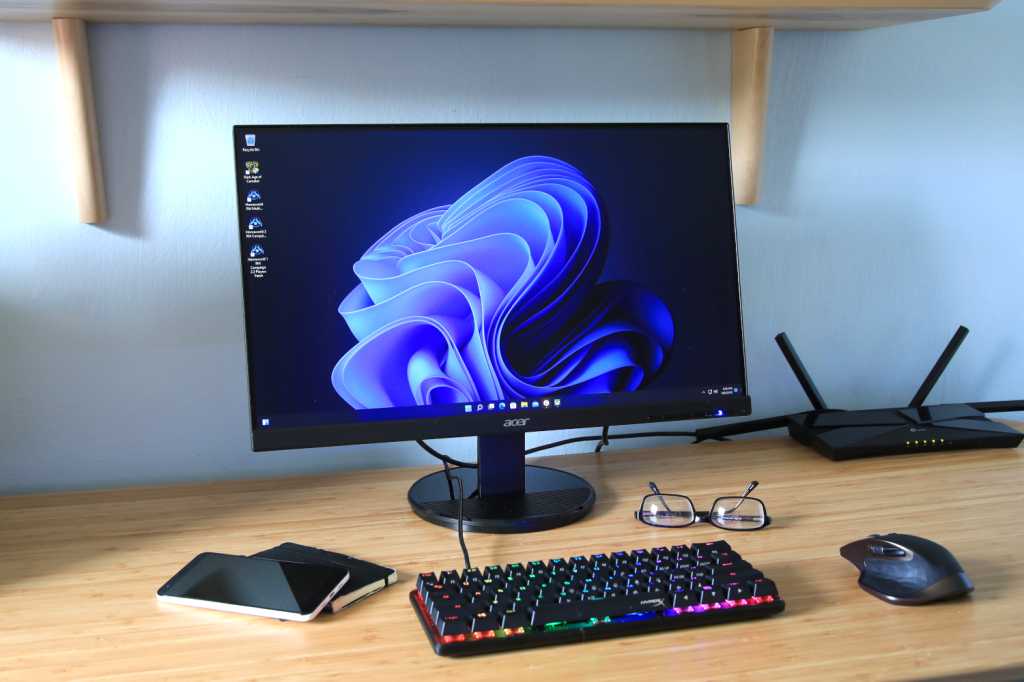Computing has revolutionized human civilization in ways once unimaginable. From the earliest counting tools like the abacus to today’s high-speed, quantum-level machines, the journey of computer evolution stands as a testament to human ingenuity and innovation.
The Early Years: Mechanical Beginnings
The history of computing dates back thousands of years, with basic mechanical devices such as the abacus used as early as 2000 BCE to perform calculations. Over time, more sophisticated analog devices emerged, such as the Antikythera mechanism, an ancient Greek instrument designed to predict astronomical positions. Often regarded as an early example of geared computational technology, the Antikythera mechanism foreshadowed the complexity and potential of later machines.
The real turning point came in the 19th century when Charles Babbage conceptualized the Difference Engine and the more advanced Analytical Engine, machines capable of performing complex calculations. Babbage’s designs laid the groundwork for modern computers by incorporating the idea of programmable hardware. The Analytical Engine, which was programmed by Ada Lovelace, introduced the concept of algorithmic computing—a vital step towards modern software development.
The Digital Revolution: Vacuum Tubes and Transistors
By the mid-20th century, computing entered the digital age. The ENIAC (Electronic Numerical Integrator and Computer), the first general-purpose electronic computer, relied on vacuum tubes for processing data. Though massive in size, the ENIAC was groundbreaking for its time. This period also saw the emergence of computers capable of basic programming and calculations, mainly used for military and scientific purposes during World War II.
The discovery of the transistor by Bell Labs in 1947 was a significant milestone in the development of modern computing. Replacing inefficient vacuum tubes, transistors reduced the size of computers while increasing their processing power. This shift enabled the creation of smaller, faster, and more reliable machines like the UNIVAC and IBM 701, marking the dawn of commercial computing.
The Microchip Era: Personal Computing
The invention of the integrated circuit (or microchip) in the late 1950s by Jack Kilby and Robert Noyce transformed computing once again. The microchip allowed computers to become smaller, more affordable, and more accessible, opening the door to personal computing. By the 1970s, companies like Apple and IBM began bringing personal computers into homes and businesses, fundamentally changing daily life. The release of products like the Apple I and the IBM 5150 heralded the age of personal computing and democratized access to technology.
Software Advancements: Operating Systems and Programming Languages
As computer hardware advanced, so too did the software that powered these machines. During the 1950s and 1960s, the development of programming languages such as FORTRAN and COBOL enabled more complex software, allowing computers to perform a wider range of tasks. Early operating systems like GM-NAA I/O laid the foundation for how modern computers manage processes and user inputs.
The 1980s saw the rise of graphical user interfaces (GUIs), popularized by systems like the Apple Macintosh, which made computers more accessible to the general public. This shift, coupled with the emergence of the Internet (which originated from projects like ARPANET), transformed the digital landscape, creating the interconnected world we live in today.
The Frontier: Quantum Computing and Beyond
Today, computing continues to advance at a rapid pace, and we are entering the age of quantum computing. Machines like Google’s Sycamore and IBM’s Q System One are harnessing the principles of quantum mechanics to perform computations exponentially faster than traditional computers. These innovations hold the potential to solve previously unsolvable problems, from simulating complex chemical reactions to optimizing logistics across industries.
The advent of quantum computing signals a new frontier in computational power. While classical computers rely on bits (binary data units of 0s and 1s), quantum computers use qubits, which can exist in multiple states simultaneously. This fundamental difference promises to radically transform fields such as cryptography, artificial intelligence, and drug discovery.
Looking Ahead: The Future of Computing
As we stand on the precipice of this quantum leap, it is clear that the evolution of computers is far from over. From the earliest mechanical devices to today’s quantum machines, the trajectory of computing mirrors the boundless potential of human creativity and innovation.
Computers, once specialized tools for specific tasks, have become integral to nearly every aspect of modern life. As we look toward the future, the continuing evolution of computing technology promises further breakthroughs that will continue to shape how we live, work, and interact with the world.
The story of computing, from its mechanical roots to the potential of quantum computing, illustrates how each era builds upon the discoveries of the past. This continuous cycle of innovation creates a technological landscape that is ever-evolving, full of promise, and capable of unlocking new possibilities for humanity.
Last Update: November 25, 2024


